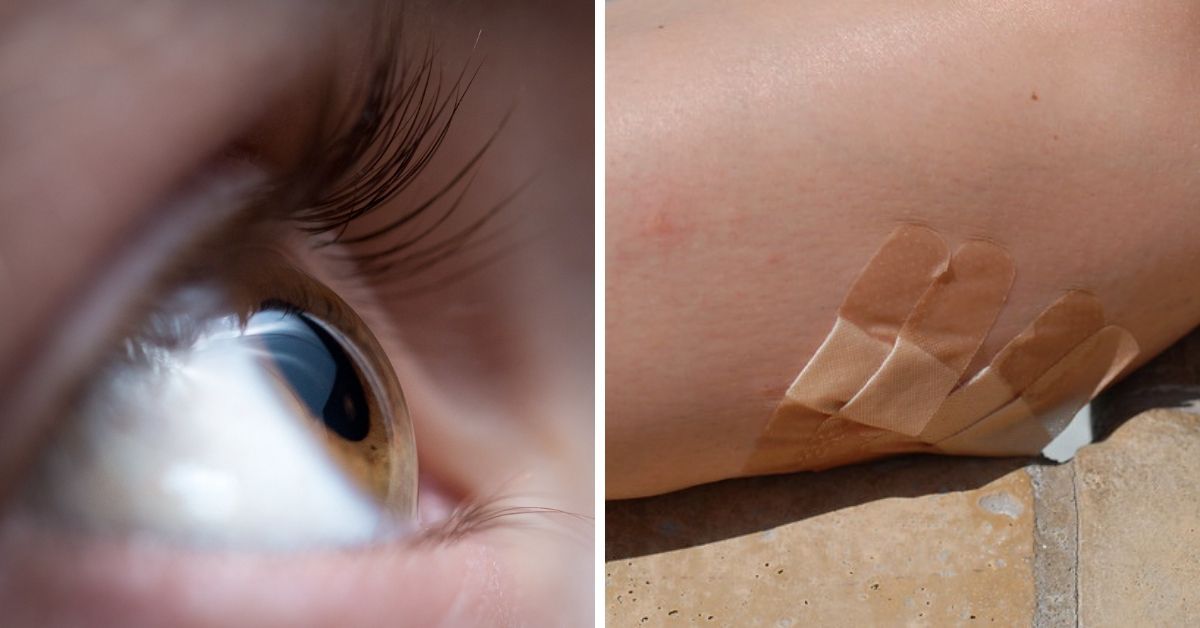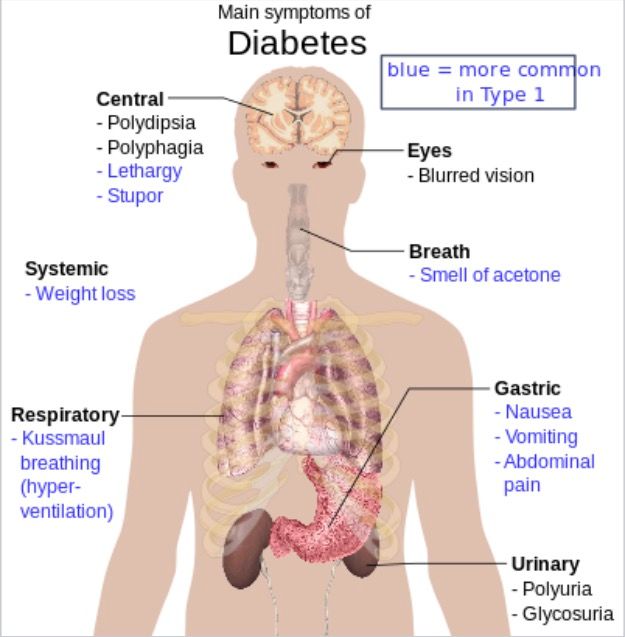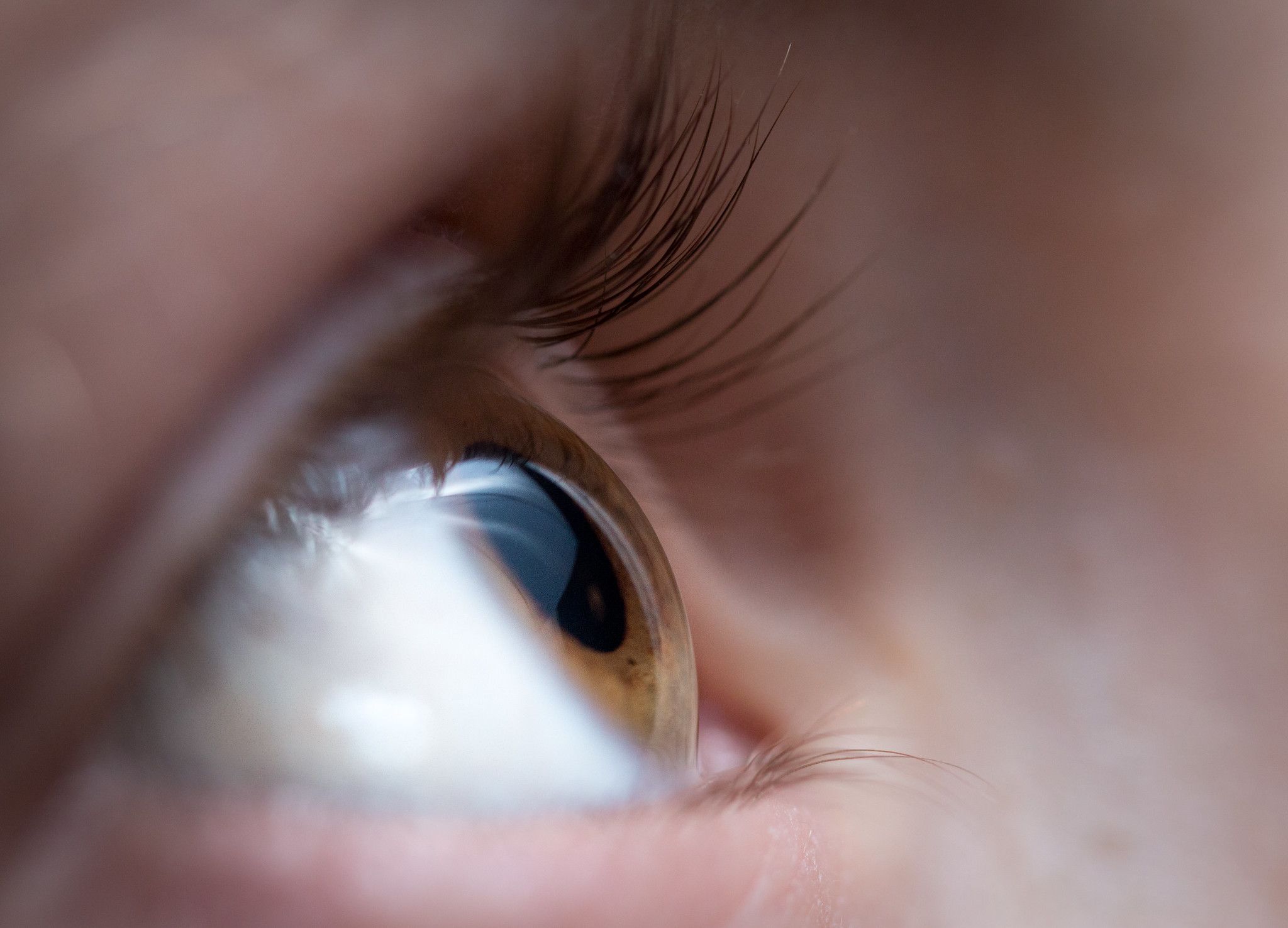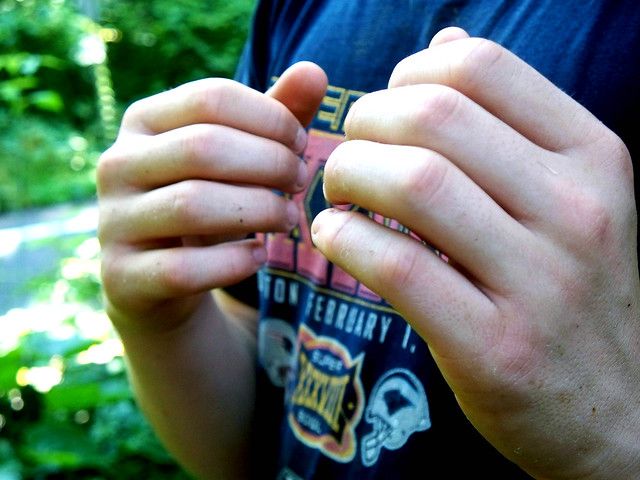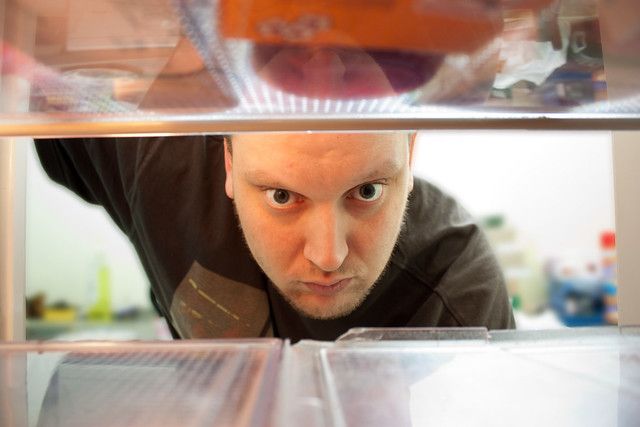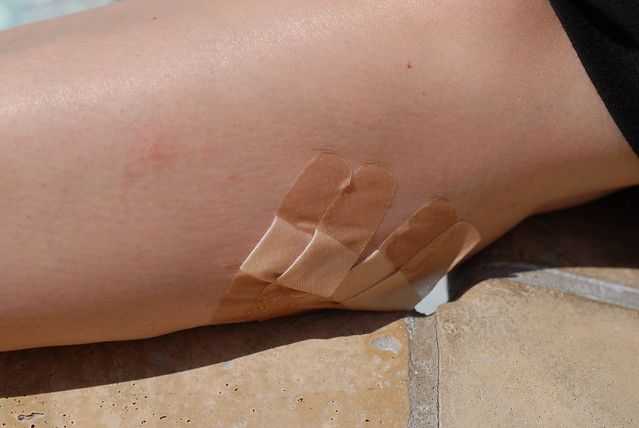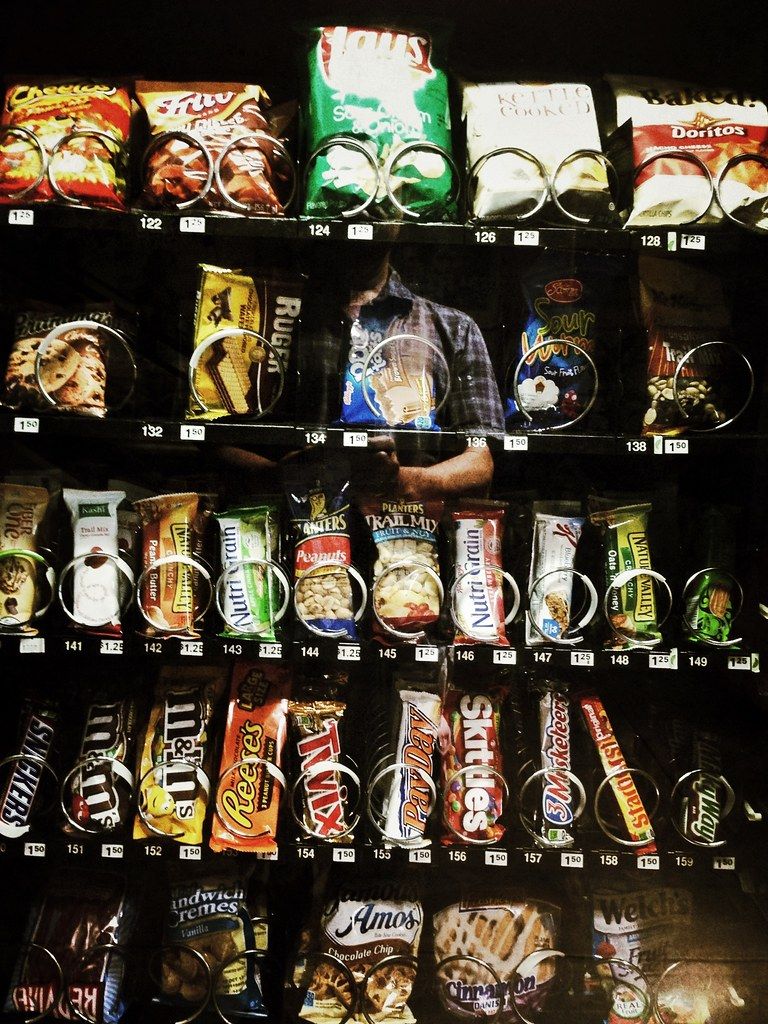Diabetes is a scary, yet manageable disease. According to the Centers for Disease Control and Prevention, there are an estimated 30.3 million adults in the United States living with diabetes. Another 84.1 million Americans are living with prediabetes.
Prediabetes means you do not technically have the disease yet, but you have a higher-than-normal blood sugar level and doctors are concerned about the possibility of you developing it. Symptoms for diabetes come on gradually, and often aren't noticed until the condition is full-blown.
There are some symptoms you can keep an eye out for that tend to indicated diabetes, and always make sure to get in touch with your doctor if you feel there is a medical problem you're dealing with.
1. Always Thirsty
Yes, it's good to drink a lot of water, but if you find yourself constantly thirsty to the point where it's almost insatiable, it could be a sign of type 2 diabetes. Your body loses water when it's removing excess sugar, which can lead to dehydration if it keeps happening over a long period of time. If you notice that you're feeling oddly thirsty, it's something to keep track of.
2. Blurry Vision
When you have type 2 diabetes, your body can't process sugar the same way it would in a healthy person. This excess of sugar can damage your blood vessels in your eyes, which over time can cause blurry vision in one or both eyes. The blurred vision may be persistent, or it could be sporadic. Without treatment, this blurry vision could lead to permanent vision loss.
3. Frequent Urination
Obviously if you're taking in more water, you'll have to pee more, but the urination is your body's way of expelling the excess sugar that's in the body. Your kidneys are trying to filter the sugar out of your blood, and will lead to frequent urination. You'll especially notice that your urination has increased at night.
4. Numbness, Pain, or Tingling of the Extremities
If your blood contains too much sugar, it can affect the way it circulates and also damage the nerves in your body. Generally, people with type 2 diabetes will feel pain or a tingling sensation in their hands and feet. You could also feel complete numbness. The condition, known as neuropathy, will get worse if it's not treated and can lead to more serious complications.
5. Patches of Dark Skin
It's important to keep an eye out for dark patches of skin that could be forming on the creases of the neck, armpit, or groin. This condition is known as acanthosis nigricans, and can signify a higher risk of diabetes. Generally, these patches of skin will feel soft and velvety.
6. Always Hungry
People living with diabetes aren't able to absorb enough glucose from the bloodstream into the body's cells, which is how the body gets energy from food we eat. The digestive system breaks down the food, which is then used as fuel. If you have diabetes, this fuel is not being fed to the body and can lead to a feeling of constant hungry, no matter when the last time they ate was.
7. Yeast Infections
It's an uncomfortable subject to broach, but yeast infections or frequent itching can signify type 2 diabetes. Yeast infections are caused by the excess sugar in blood and urine, which provides a breeding ground for the yeast. Generally, these infections occur in moist, warm areas of skin like the mouth, armpits, and genital areas. These infections are usually itchy, and may also burn, be sore, or appear red.
8. Cuts and Wounds Healing Slowly
As we know, increased blood sugar levels can damage the body's nerves and blood vessels, impairing circulation. When this happens, even the smallest of cuts or wounds can take weeks to heal, and in some cases they can take months. Because of the slow healing, there is also an increased risk of infection.
9. Exhaustion
Sure, we're all tired, but those with type 2 diabetes may display extreme tiredness due to the insufficient energy being absorbed from the food. Because the sugar can't move from the bloodstream to the body's cells, the body is not able to function at a normal alertness level.
Risk Factors
There are some predetermined risk factors for some people, which may lead to an increased chance of diabetes. These include:
- Being over the age of 45
- Not living an active lifestyle
- Having a family history of diabetes
- Eating an unhealthy diet
- Being overweight
- Having polycystic ovary syndrome
Preventing It
As with most diseases, there are ways you can prevent type 2 diabetes. However, genetics may predispose you to it, so these prevention tips are not guaranteed.
- Manage your weight: excess body fat stored around the abdomen can increase the body's resistance to insulin, leading to a higher chance of diabetes
- Quit smoking: if you're a smoker, you have twice the risk of developing type 2 diabetes
- Limit processed foods: a healthier diet can help reduce your risk of developing type 2 diabetes, so limiting the amount of processed and takeout foods is advised.
- Exercise regularly: a routine of moderate physical activity can help lower your blood glucose levels, which in turn can help reduce the risk of developing type 2 diabetes.
- Limit alcohol intake: an increased intake of alcohol can lead to you gaining weight as well as increase your blood pressure, so limiting alcohol consumption is in your best interest.
Type 2 diabetes affects millions of Americans every year, but if you keep track of your health and check in with your doctor regularly, you can help prevent your chance of developing it.
[H/T: Medical News Today, Better Health]
